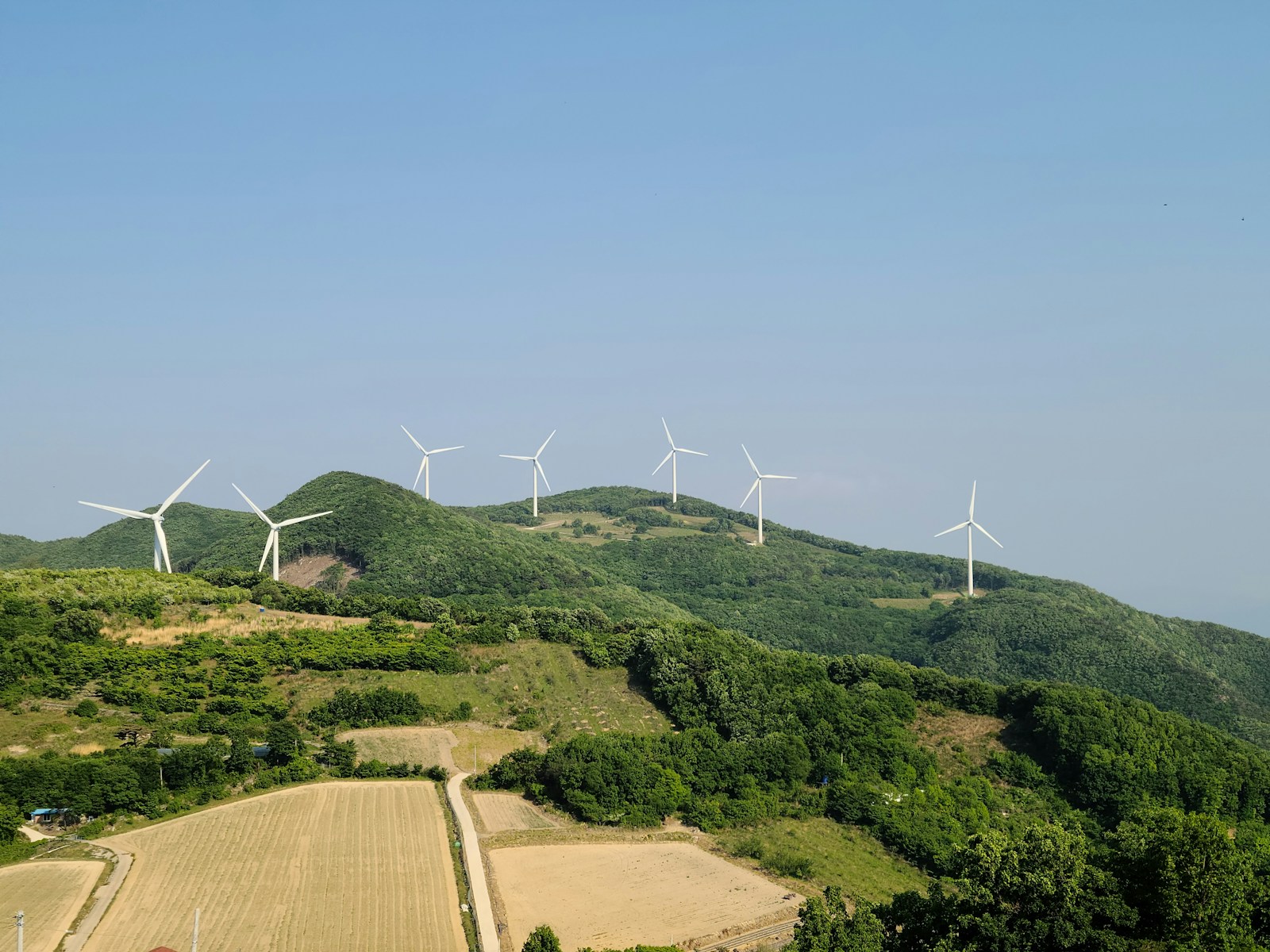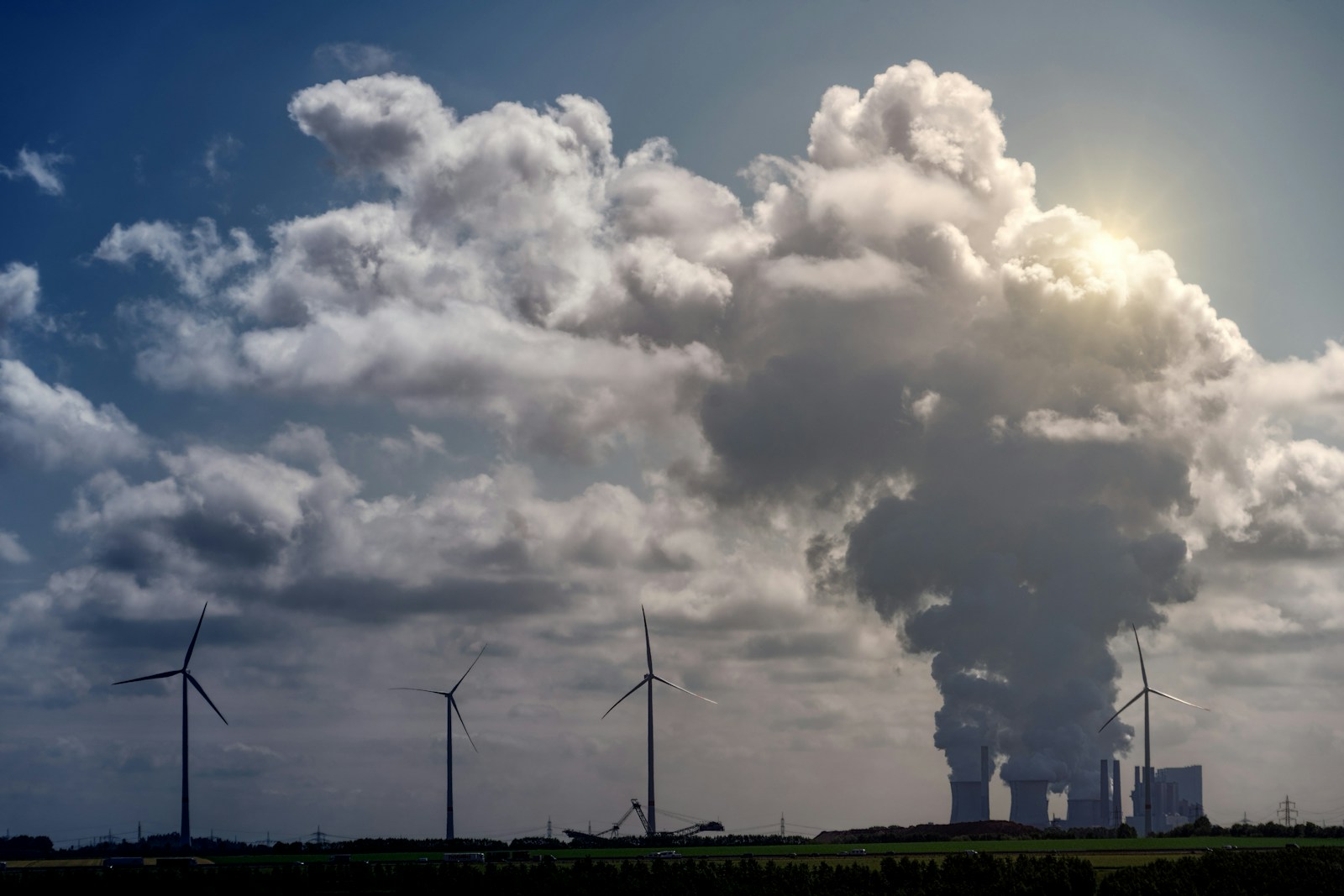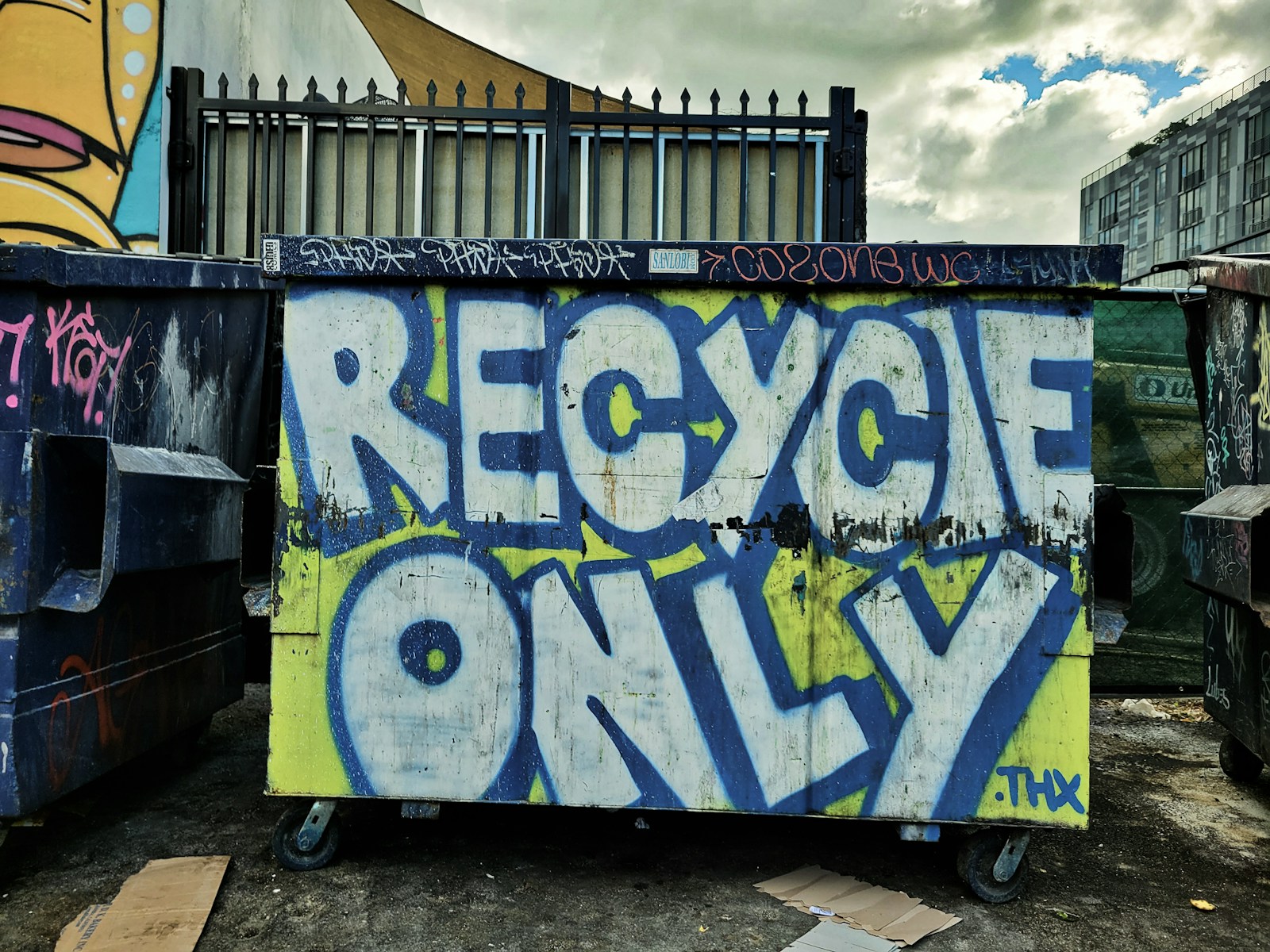Grading the Green New Deal: A Five-Year Report Card on South Korea's Climate Ambitions

In the summer of 2020, amidst the global turmoil of the pandemic, South Korea unveiled a bold vision for its future: the Korean Green New Deal. It was one of the most ambitious national climate plans in Asia, a multi-billion-dollar strategy to simultaneously tackle climate change, foster economic growth, and create a more inclusive society. The plan's centerpiece was a legally binding commitment to achieve carbon neutrality by 2050. It was a landmark pledge from a nation historically dependent on heavy industry and imported fossil fuels. Now, five years into this transformative project, it's a critical moment to issue a report card. Has the Green New Deal lived up to its initial promise, or has the momentum stalled in the face of economic and political headwinds?
On the positive side of the ledger, the Green New Deal has undeniably catalyzed significant investment and policy shifts in the country's energy sector. The most visible success has been the expansion of renewable energy. Government subsidies and large-scale projects have led to a substantial increase in solar and offshore wind capacity. The plan has also spurred innovation in emerging green industries. Major Korean conglomerates have redirected investment towards electric vehicle manufacturing, battery technology, and the nascent green hydrogen sector, positioning the country to be a competitive player in the global clean energy market. The "Green Remodeling" initiative, aimed at improving the energy efficiency of public buildings, has also shown tangible results, reducing energy consumption and creating jobs.
The plan's focus on a "just transition" has also been noteworthy. It explicitly acknowledged that the shift away from a fossil-fuel-based economy would impact workers and communities, and it allocated funds for retraining programs and social safety nets. This integrated approach, linking climate action with social equity, set a progressive standard for the region. The very existence of the 2050 carbon neutrality law has provided a crucial long-term signal, forcing both government and industry to start planning for a decarbonized future in a way they never had before.
However, the report card is far from perfect, and several areas show significant room for improvement. The most persistent criticism has been the gap between long-term ambition and short-term action. While the 2050 target is in place, South Korea's 2030 emissions reduction target has been criticized by international observers as not being ambitious enough to align with a 1.5°C pathway. The pace of the coal phase-out, in particular, has been a major point of contention. Despite the green rhetoric, new coal-fired power plants that were already under construction have been allowed to come online, and there is still no concrete plan for an early retirement of the existing coal fleet.
Furthermore, South Korea's financial sector continues to be a major source of funding for fossil fuel projects, both domestically and overseas. This contradiction—where public funds are supporting green initiatives while public and private financial institutions are simultaneously bankrolling the fossil fuel industry—undermines the credibility of the entire Green New Deal framework. Public engagement and support have also been mixed. While there is general awareness of the climate crisis, the deployment of large-scale renewable projects has often been met with local "NIMBY" opposition, highlighting a need for better community engagement and benefit-sharing mechanisms.
In conclusion, South Korea's Green New Deal earns a passing grade, but with a clear notation: "shows great potential, but must apply itself more diligently." The plan successfully set a new direction for the country and unleashed a wave of green investment. The progress in renewable energy and clean technology is real. However, the execution has been hampered by a reluctance to make the hard choices required to rapidly phase out fossil fuels, particularly coal. The next five years will be decisive. To turn its ambitious vision into a reality, South Korea must close the gap between its long-term goals and its short-term policies, and confront the difficult politics of moving from ambition to action.



